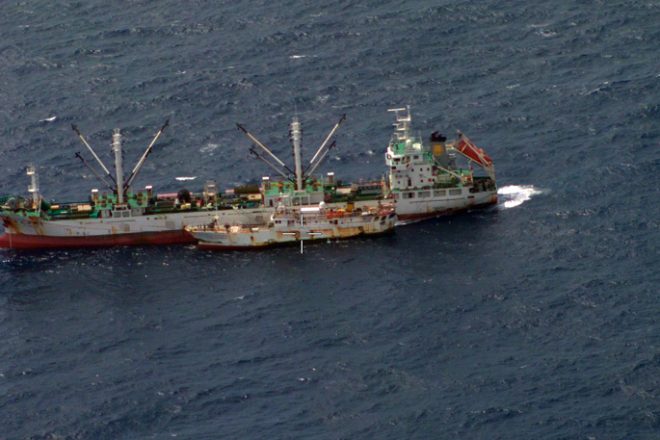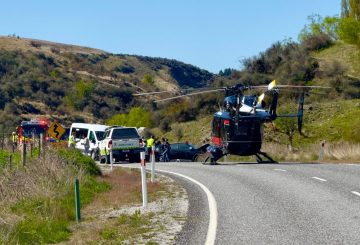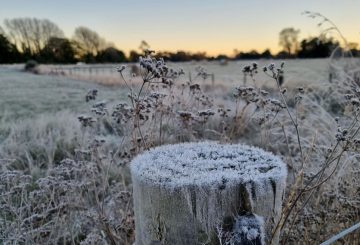Đội giám sát P-8A Poseidon của Không quân Hoàng gia New Zealand đã đi được khoảng 9000 hải lý, theo dõi các hoạt động đánh bắt cá ở các vùng đặc quyền kinh tế của Quần đảo Cook, Fiji, Tokelau, Tonga và Tuvalu. Phi hành đoàn, chủ yếu bao gồm các giảng viên và sinh viên từ Chuyến bay Huấn luyện Phi đội số 5, là một phần của nỗ lực đa quốc gia nhằm giám sát việc đánh bắt bất hợp pháp và không được kiểm soát cho Chiến dịch Tui Moana của Cơ quan Thủy sản Diễn đàn.
Thủy thủ đoàn Poseidon đã ghi lại và báo cáo 38 tàu – bao gồm thuyền đánh cá, tàu buôn và tàu du lịch – cho Cơ quan Thủy sản Forum. Chỉ huy Không quân Andy Scott cho biết đây là cơ hội tuyệt vời để các sinh viên làm việc trên Poseidon trong một hoạt động thực tế.
Ông nói thêm rằng giám sát trên không và trinh sát cho an ninh hàng hải, giám sát thủy sản và tìm kiếm và cứu hộ là những nhiệm vụ chính của Phi đội số 5. P-8A mới cung cấp phạm vi và khả năng lớn hơn cho các nhiệm vụ này.
Chiến dịch có sự tham gia của chín Thành viên Cơ quan Thủy sản Diễn đàn (Úc, Quần đảo Cook, Fiji, New Zealand, Niue, Samoa, Tokelau, Tonga và Tuvalu), cùng với các đối tác công nghệ, tài sản và nhân sự từ Nhóm Điều phối Quốc phòng Tứ giác Thái Bình Dương (QUAD), bao gồm Úc, Pháp, New Zealand và Hoa Kỳ. Chiến dịch bao phủ một khu vực có kích thước bằng Úc.
Hoạt động tập trung vào các hoạt động lên máy bay, giám sát hợp tác giữa các Thành viên Cơ quan Thủy sản Diễn đàn và các quốc gia Quad Thái Bình Dương, và sử dụng thông tin viễn thám để hướng dẫn hoạt động. Hơn 500 tàu tiếp xúc đã được thực hiện trong quá trình hoạt động bằng các bệ không khí, mặt nước và viễn thám, với 80 lần lên tàu được thực hiện trong cảng và trên biển.






























































